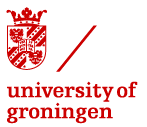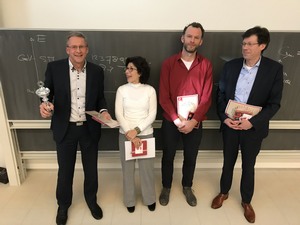
Teacher of the year
13-2-2019
Prof. Maxim Pchenitchnikov was elected "Teacher of the Year 2018" for the bachelor and master program Physics and Applied Physics
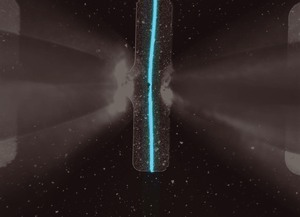
Back cover of Journal of Materials Chemistry C
21 Januari 2019
Long-range exciton transport in brightly fluorescent furan/phenylene co-oligomer crystals
Artur A. Mannanov, Maxim S. Kazantsev, Anatoly D. Kuimov, Vladislav G. Konstantinov, Dmitry I. Dominskiy, Vasiliy A. Trukhanov, Daniil S. Anisimov, Nikita V. Gultikov, Vladimir V. Bruevich, Igor P. Koskin, Alina A. Sonina, Tatyana V. Rybalova, Inna K. Shundrina, Evgeny A. Mostovich, Dmitry Yu. Paraschuk and Maxim S. Pshenichnikov
Journal of Materials Chemistry C, 7, p. 70-80 (2019)
Showcasing collaborative research from Rijksuniversiteit Groningen in The Netherlands, Lomonosov Moscow StateUniversity, Novosibirsk State University and VorozhtsovNovosibirsk Institute of Organic Chemistry, Russia.
The article featured the back cover of J. Materials Chemistry C.
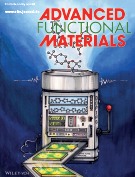
Front cover
May 23, 2018
Our research features the front cover of Advanced Functional Materials
In article number 1800116, Sergei A. Ponomarenko, Maxim S. Pshenichnikov, Dmitry Yu. Paraschuk, and co-workers propose an innovative concept of molecular self‐doping. The art shows how a highly luminescent dopant emerges as a minute‐amount by-product during the host material synthesis to enhance luminescence of organic crystals. The self-doping concept opens an easy route to highly luminescent semiconductor organic crystals for optoelectronics applications
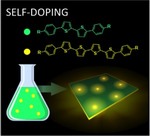
Molecular Self-Doping Controls Luminescence of Pure Organic Single Crystals
March 14, 2018
Modern light-emitting devices such as top-level TV screens are based on organic luminescent semiconductor materials. The two key requirements for them are efficient luminescence and high charge carrier mobility. The latter requires tight molecular packing readily achieved in organic semiconductor single crystals, but it also results in inhibiting the light emission because of luminescence quenching. This dichotomy is resolved by doping of the host crystals with highly luminescent organic molecules which requires their chemical synthesis and subsequent smooth embedding into the host.
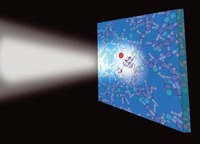
Our research features the backcover of PCCP
November 6, 2017
Showcasing research from the group of Dr Maxim S. Pshenichnikov and Dr. Thomas Lacour Jansen at the Zernike Institute for Advanced Materials, University of Groningen, The Netherlands
Page 8 of 9

